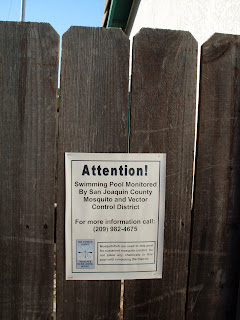Discovering the Beauty of a Ranch
Seven years ago, my husband and I bought a modest home in the Edgemont neighborhood of Provo. When we purchased the home, it was clear to us that we paid for the neighborhood, not the house. For the same amount of money that bought us our 1900 square foot multi-level ranch built in 1964, we could have acquired a brand new, custom interior, spacious 3000 square foot house in Spanish Fork or Pleasant Grove. But we were both employed at Brigham Young University and had no desire to get on I-15 to commute to work. Nor after fifteen years of apartment living—with a new apartment pretty much every year—did we have the desire to follow the current wisdom of the time and buy a “starter home,” earn equity, and then sell a few years later in order to upgrade to larger home. No, we wanted to put down roots. So we selected our neighborhood and found the best all-around home within our price range. A ten-minute drive to work with a grocery store on the way, within walking distance of the elementary school and church, and an easy 30 minute bike ride to Bridal Veil Falls in Provo Canyon, the location was worth every penny we paid.
But what about the house? I have often described our house as vernacular, which for a long time my husband took as a slur. I defended my terminology by asserting that it was the absolute essence of vernacular, an architectural style that permeated and defined the American suburb of the mid-twentieth century. Indeed, there are at least 50,000 other houses along the Wasatch Front with the exact facade and floor plan. We live in a ranch-style tract home that was mass-produced on a grand scale in Utah in the 1960s and 70s.
One of the problems with these homes is that most people dislike the underlying design and try to turn them into something else—the latest trend being a conversion to an Arts & Craft bungalow. Ranch-style homes, such as ours, were an experiment with modernist ideas of space and efficiency. But since the mass-market never fully embraced high modernism, homes like ours reflect a strange hybridization of mid-century minimalism gussied up a bit with cottage or colonial to make it more palatable.
But I have grown to love the house and the elements of its mid-century design. I enjoy its open, geometric spaces, flooded by natural light that urge simplicity and spare furnishing. I recognize the underlying structure that has been misunderstood for most of its life and has been obscured by strange carpeting and overly ornate cabinetry and fixtures. In an upcoming renovation, I look forward to peeling back the layers and discovering what lies beneath; to living the experiment of modernism and its objectives for suburban life. While some people aspire to build a house of their own design, I have always aspired to renovate a historic home. It’s true that I usually pictured a center hall colonial or a Victorian townhome or an Arts & Craft bungalow, but to my great surprise and delight, I am renovating a mid-century ranch.
Diana Turnbow is the Curator of Photography at the Brigham Young University Museum of Art. She has two children, a mini-van, and a lawn to mow. Historic homes and furniture have been her passion since the third grade when she read a description of a horsehair couch in Farmer Boy by Laura Ingalls Wilder.













